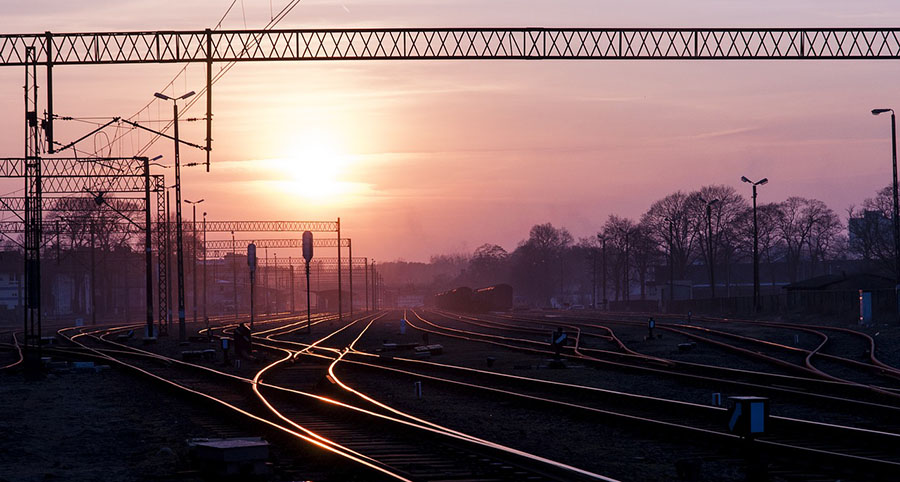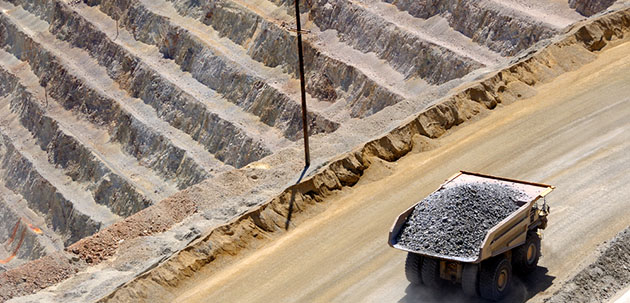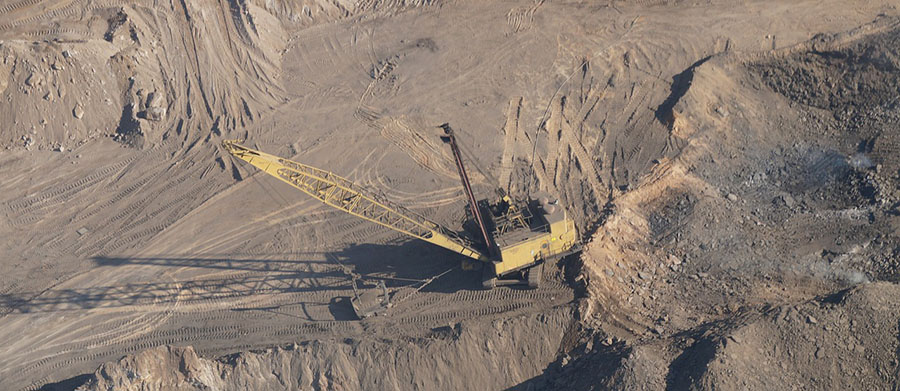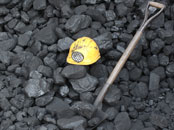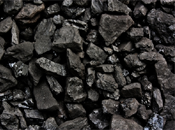Coal: Fuel for Industrial Revolutions Since 1805
The longest continuously operating coal mine in the world was the Tower Colliery in South Wales. Opened in 1805, it operated for 203 years before closing in 2008.
Coal's found just about everywhere in the world. The World Coal Association figure below reveals the location of largest oil, coal and natural gas reserves.
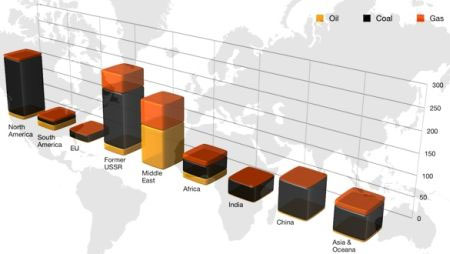
The biggest coal reserves are in the U.S., India, China, Russia, Africa and the Asia/Oceana region.
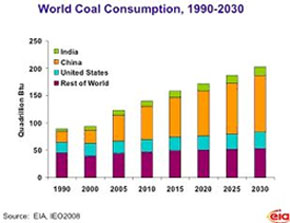 The consumption picture is a little different. This EIA International Energy Outlook chart shows that since 2000, China has been gobbling up coal at a frenetic pace. By 2030, China alone will be consuming half of all the coal produced in the world. Where's it all going to come from? One nearby country (besides Australia) is shaping up to become a major supplier of coal to China.
The consumption picture is a little different. This EIA International Energy Outlook chart shows that since 2000, China has been gobbling up coal at a frenetic pace. By 2030, China alone will be consuming half of all the coal produced in the world. Where's it all going to come from? One nearby country (besides Australia) is shaping up to become a major supplier of coal to China.The Two Types of Coal
Coal is generally classified into two types: soft coal and hard coal. Soft or low-rank coal is either lignite or sub-bituminous and represents about 47% of globally mined coal. Hard coal is either bituminous or anthracite. Today, anthracite represents only about 1% of all coal mined, with bituminous making up the rest (52%).
Bituminous is further divided up into coking coal (used in iron and steel making), and thermal or steam coal, used in power generation and other industrial processes.
Most of the world's coal trade is in thermal or steam coal. It represents about 70% of world coal exports.
The top three exporters of coking coal are Australia, the United States and Canada. They're expected to hold those positions through the next several decades.
Care to guess the top thermal coal exporter? Indonesia.


